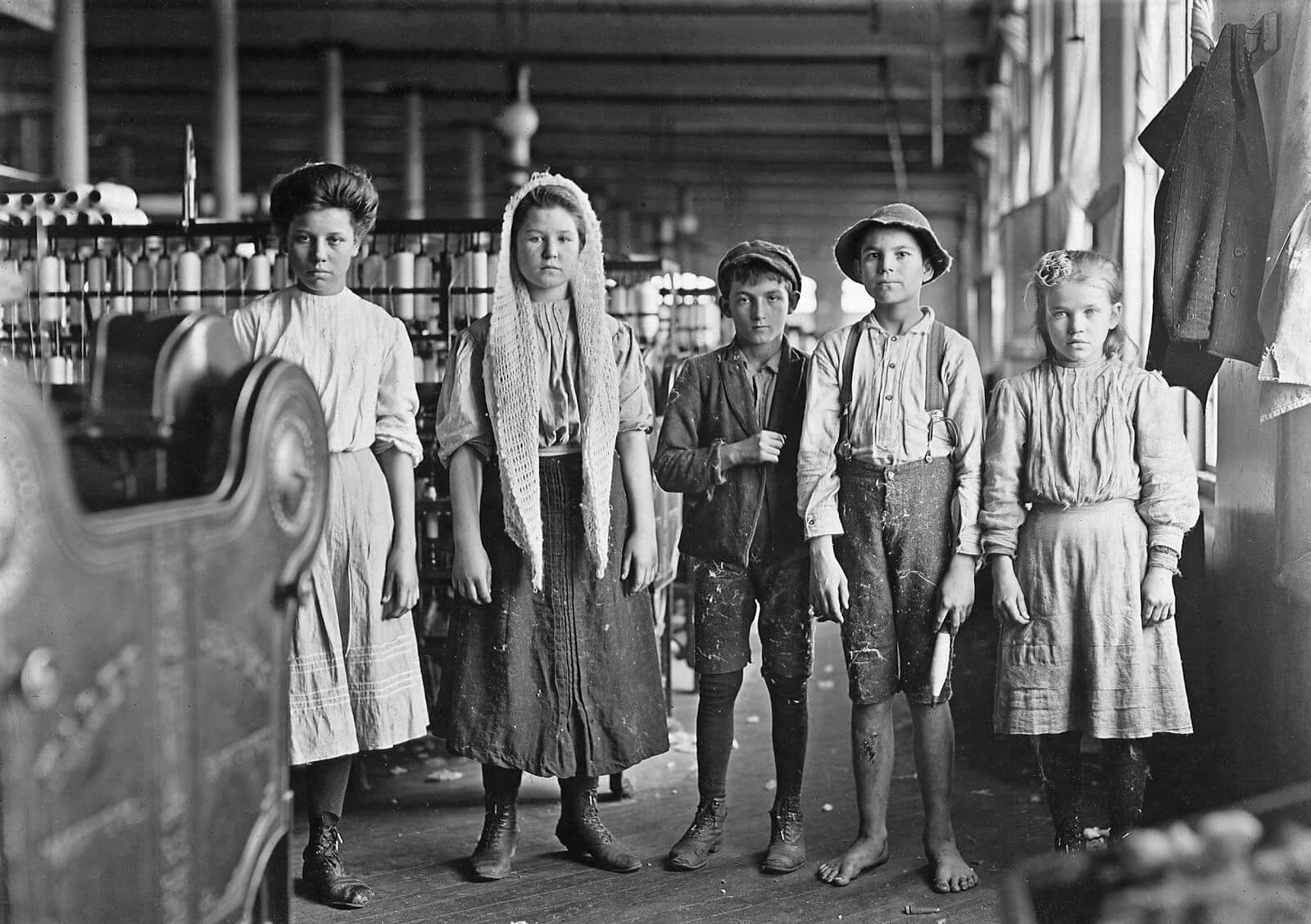The Stonemason Dicks

The name is both Scottish and English from a short form of Richard. Although found in every part of Britain, the form Dick is especially common in Scotland, and it was from there, in the 17th century, that the surname was taken to northern Ireland. German and Jewish (Ashkenazic): nickname from Middle High German dic(ke) ‘thick’, ‘strong’, ‘stout’, or in the case of the Jewish name from modern German dick ‘fat’ or Yiddish dik. German: topographic name for someone who lived by a thicket or patch of thick undergrowth, from Middle High German dicke, a special use of dic(ke) ‘thick’. North German: from a short form of a Germanic personal name Theodicho, formed with theud ‘people’, ‘race’.
Source: Dictionary of American Family Names ©2013, Oxford University Press
The Dick family name was found in the USA, the UK, Canada, and Scotland between 1840 and 1920. The most Dick families were found in the USA in 1880. In 1891 there were 370 Dick families living in London. This was about 25% of all the recorded Dick’s in the UK. London had the highest population of Dick families in 1891.
12% in Lancashire
10% in Northumberland
5% in Cheshire
The Dick family name was found in the USA, the UK, Canada, and Scotland between 1840 and 1920. The most Dick families were found in the USA in 1880. In 1841 there were 801 Dick families living in Lanarkshire. This was about 20% of all the recorded Dick’s in Scotland. Lanarkshire had the highest population of Dick families in 1841. This was the location of our family line.
The most Dick families were found in the USA in 1880.
In 1881 there were 1,529 Dick families living in Lanarkshire. This was about 38% of all the recorded Dick’s in Scotland. Lanarkshire had the highest population of Dick families in 1881.
Our family was begun by Robert Dick and Jane Gray who came to NZ from Culross, pictured above, where Robert was a stonemason of some note. This was in 1862 aboard the Robert Henderson.
Whare Flat Jollys
Robert arrived on 27 October 1875 at Port Chalmers aboard the Auckland. He was listed as a machine maker. John was clearly in Dunedin 1870 when his son, Robert James Jolly, was born.Your Content Goes Here

Two of Robert and Mary’s sons, John and Robert, born in 1847 and 1850 respectively, emigrated to New Zealand.
In the photo above Mary Hannah Havard is on the left with her daughter May Elizabeth Jolly and in turn her daughter Mavis Doreen Dick (in the middle) on the occasion of the latter’s 21stour Content Goes Here
The Waiputai (Blueskin) Sargisons

Recorded variously as Serjeantson, Sarginson, Sergison, and Sargison, this is a patronymic English surname of some antiquity. It was originally occupational for a sergent, an early Middle English word of a servant of some status within a royal or noble household. The surname was probably used in the general sense at irst of a servant of higher rank than the ‘downstairs’ staff, but one that later developed various specialised meanings. These included a tenant who held the rank by service on behalf of the local lord of the manor. As such he would have been below the rank of a knight or a sheriff, but was a junior officer of the law charged with enforcing judgements of a court or tribunal, in other words, an early policeman. There has always been great variety in the spellings of this name as shown in the examples above. The first recorded spelling of the family name is shown to be that of William Serganton of Yorkshire in the Poll Tax rolls of theat County in 1379, whilst somewhat later Robert Sarginson, was christened on January 4th, 1600 at St. Dunstans in the East, Stepney. This was during the reign of Queen Elizabeth 1st = (sic)of England and known as “Good Queen Bess”, 1558 – 1603. Surnames became necessary when governments introduced personal taxation. In England this was known as Poll Tax. Throughout the centuries, surnames in every country have continued to “develop” often leading to astonishing variants of the original spelling.
© Copyright: Name Origin Research 1980 – 2017
Read more: https://www.surnamedb.com/Surname/Sargison#ixzz6kzEXjEZA
Sargison families moved over time. The name was found in the USA, the UK, and Scotland between 1880 and 1920. The most Sargison families were found in the UK in 1891. In 1891 there were 37 Sargison families living in Yorkshire. This was about 38% of all the recorded Sargison’s in the UK. Yorkshire had the highest population of Sargison families in 1891.
Our family began with the arrival of Henry Griffin Sargison and his brother in 1862 from Parsons Drove, Cambridgeshire.



